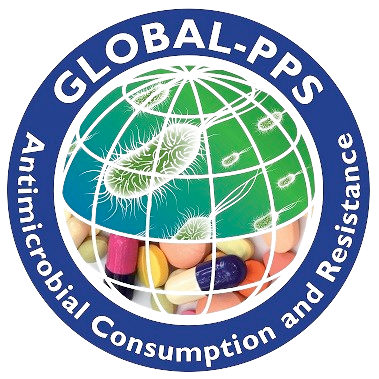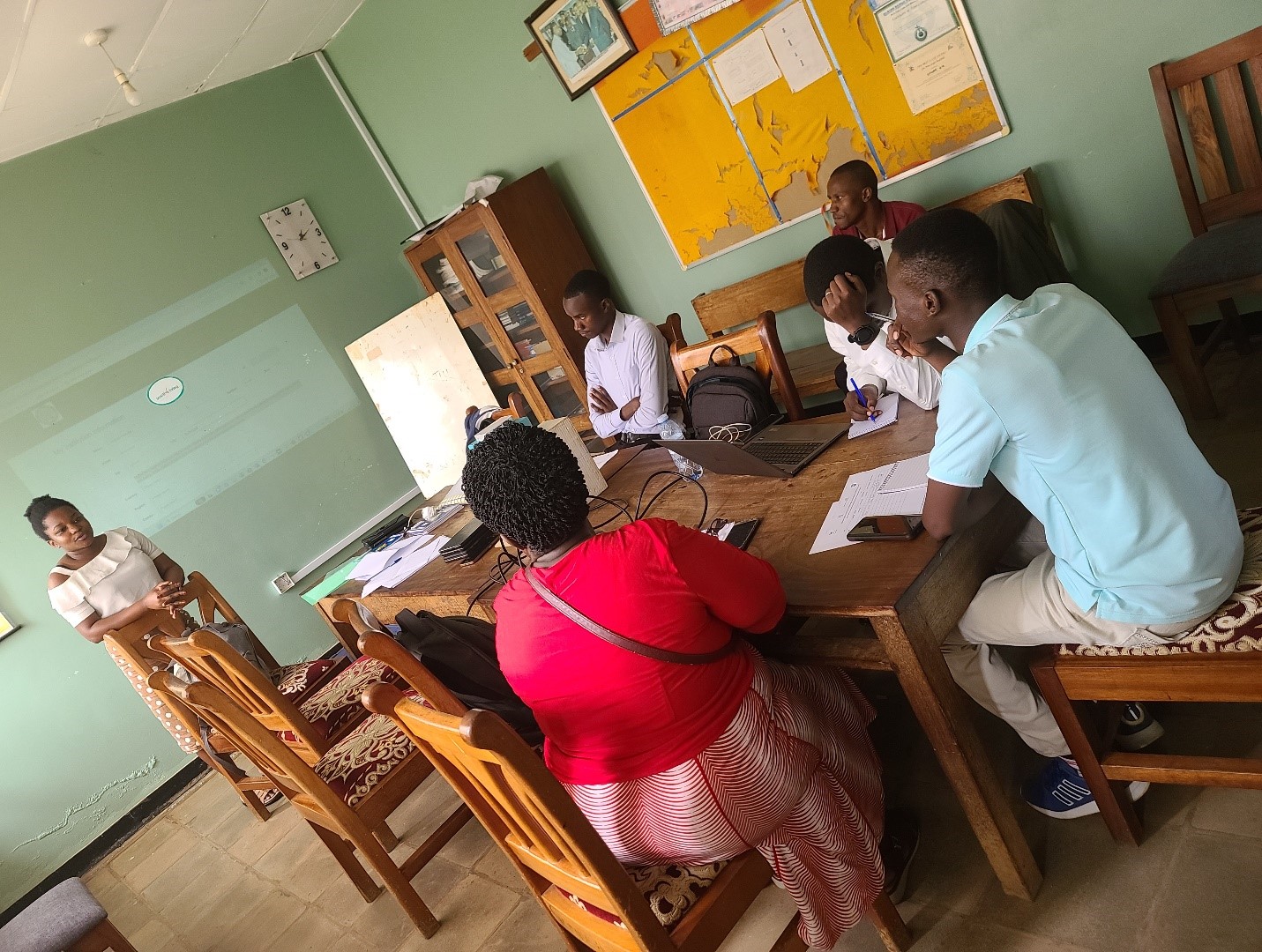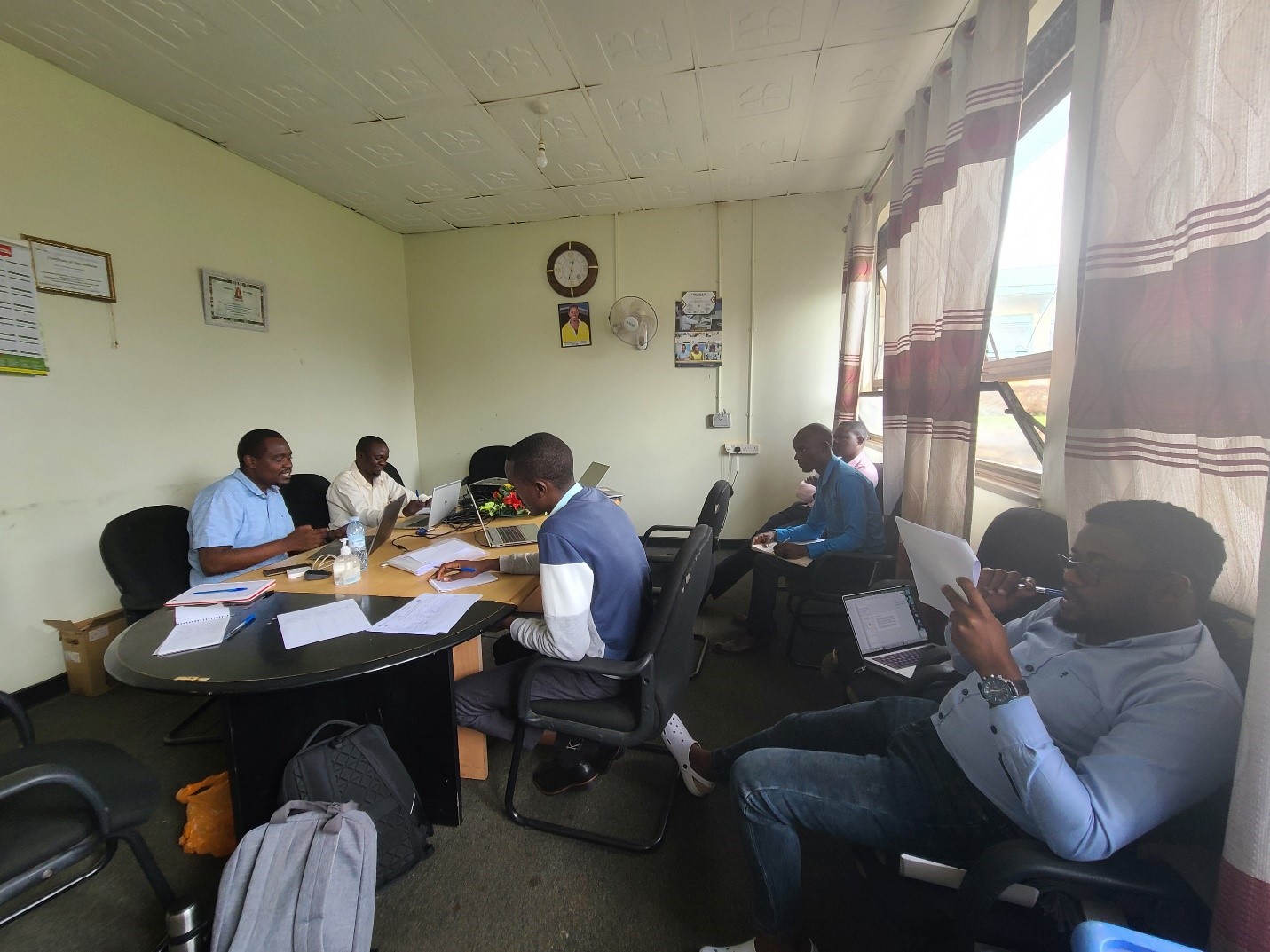
Surveillance is critical to antimicrobial stewardship (AMS) because it provides vital insights into antibiotic use and resistance trends. GPPS have become essential instruments for health facilities worldwide, providing complete data on several fronts.
Between February and March 2024, the Centre of Excellence for Antimicrobial Stewardship in Central Uganda orchestrated training sessions on Global Point Prevalence Surveys (GPPS) across eight facilities. These included three hospitals - Entebbe Regional Referral Hospital (ERRH), Nakaseke, and Gombe Hospital - as well as five lower-level health centers (HCs) - Nakawuka, Kasanje, and Bussi HC IIIs, Zzinga, and Nsaggu HC IIs.
Spearheaded by Makerere University School of Public Health in Uganda, in collaboration with Nottingham Trent University and Buckinghamshire NHS Healthcare Trust in the UK, these workshops aimed to empower healthcare workers with the requisite skills for GPPS data collection, entry, and analysis. The sessions encompassed discussions on the significance of GPPS, data collection protocols, and the utilization of web-based tools for analysis.

A total of 36 health workers, comprising a multidisciplinary team including pharmacists (3), dispensers (7), nurses (9), medical officers (4), midwives (5), clinical officers (4), medical superintendents (1), and in-charges of health facilities (3), underwent training. These individuals were purposefully selected by their AMS teams to undergo capacity-building initiatives, ensuring sustained effectiveness beyond project completion. Dr. Herbert Bush Aguma, a Lecturer from the Department of Pharmacy at Makerere University, led the training sessions, supported by pharmacists Ismail Kizito Musoke and Flavia Iyaa from ERRH, Enock Kisekka, an intern pharmacist from the Department of Pharmacy, and Carol Esther Nabbanja, a project team member from the School of Public Health at Makerere University.
During the training sessions, Carol delivered opening remarks, providing attendees with a concise overview of the project's objectives. She underscored the importance of Global Point Prevalence Surveys (GPPS) in evaluating antimicrobial usage patterns and delineating antimicrobial prescription, dispensing, and administration practices within healthcare facilities.
Antimicrobial resistance (AMR) is a big problem around the world, and Dr. Aguma started the training classes by talking about how it can make antivirals, antibacterials, and antifungals less effective at treating infections. He stressed how important it was to collect information on how antibiotics are used and how resistance develops.
Global Point Prevalence Surveys (GPPS) are the best way to do this. GPPS was created by the University of Antwerp in Belgium and is supported by the World Health Organization. It is an important tool for fighting AMR and ensuring good antimicrobial management.
“This tool can be used to monitor antibiotic prescribing and resistance patterns. If you cannot measure resistance you cannot improve it,” emphasized Dr. Aguma.

Dr. Aguma discussed on the goals of GPPS, which involve exploring at antibiotic use and resistance, coming up with empirical treatments, looking at trends in epidemiology, judging actions, and allocating resources. He also said that information was to be taken from the patient records in both the hospital and outpatient wards. Each health worker was shown how to use the ward form, the patient form, and the guiding notes, which were all inpatient and outpatient data collection tools, so they could get hands-on practice.
Dr. Bush and Enock also talked about the benefits of the GPPS, such as being able to analyze data on its own, compare it with data from other health facilities in the same area or around the world, and use the figures to make evidence-based AMS interventions that encourage health facilities to use antibiotics properly. He disclosed to the health workers that the survey results would be sent to each facility, and he ended by telling them that they should always take data three times a year, from January to April, May to August, and September to December. After this, hospital GPPS accounts were made for each facility, and health workers were shown how to use the online ward form, patient form, and guide notes to enter data.
Ismail and Flavia, the lead pharmacists shared experiences from ERRH, the hub where GPPS has previously been conducted. This allowed the health workers to interact and ask questions with a hospital had already done this activity. Flavia encouraged the health workers to provide adequate evidence on antibiotic usage which could influence the need to acquire culture and sensitivity testing. She also encouraged the lower-level facilities to send samples for analysis to ERRH to make the hub and spoke design more functional. Ismail also encouraged health workers to conduct a SWOT analysis and come up with AMS interventions that are feasible within their settings. Additionally, they promised to supervise them periodically to ensure improvement in AMS practices.
This project is funded by the Commonwealth Partnerships for Antimicrobial Stewardship scheme, an initiative of The Tropical Health and Education Trust and Commonwealth Pharmacists Association under the Fleming Fund of the UK Department of Health and Social Care.
By Carol Esther Nabbanja

